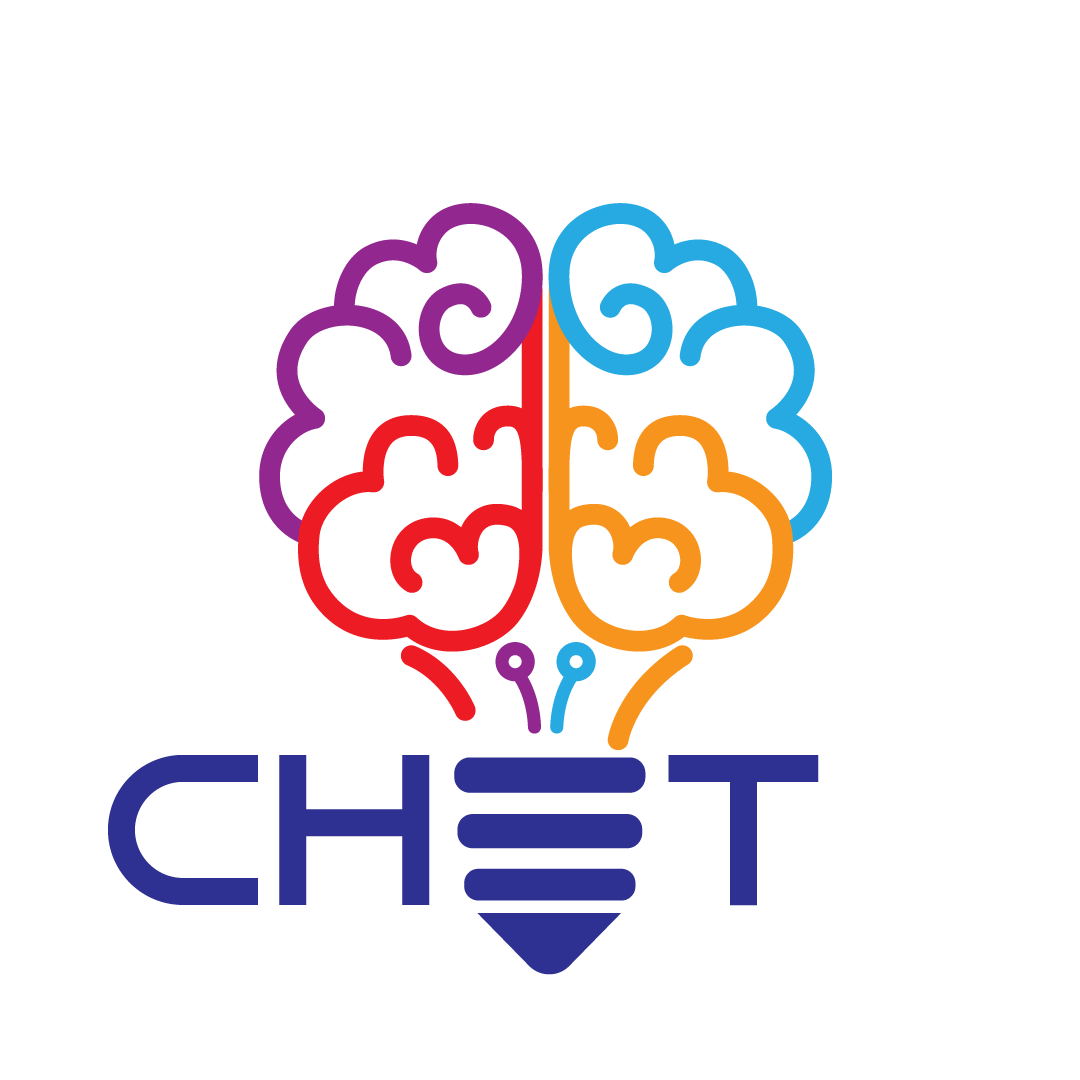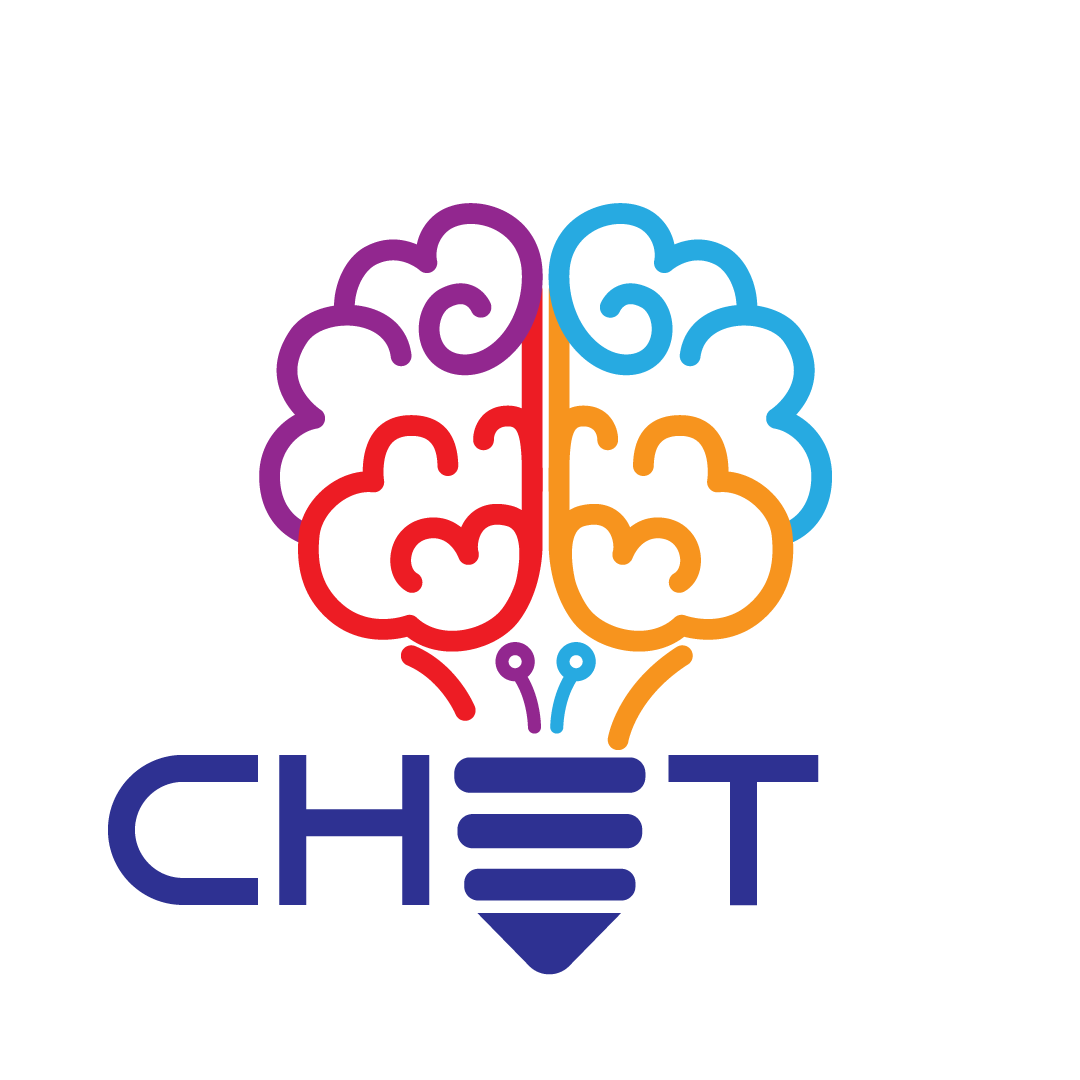
Creativity Methods
- /
Zero Measurement
The “Zero Measurement” technique may be also known as initial assessment or starting point assessment.
Description
What is this technique about
This technique is used as an initial assessment method to learn about the impact that a given initiative or area of knowledge has on a person, organization, or circumstance. It is based on comparing the initial situation, for example, of the student with respect to the subject to be treated, and their subsequent experience since the evaluation of their starting point. A mid-term evaluation test is also useful for continuous monitoring.
Where does it come from
No references have been found about the application of the "zero measurement" analysis technique in the educational field. However, it is a technique traditionally more linked to scientific-mathematical fields, being also used as a measurement tool in research.
For which purposes it is used (why in your engineering teaching)
The Zero Measurement tool may be useful for tracking the impact of a given activity/knowledge/technique on a person or organization. In this way, it can be useful to know what the situation of students is with a new subject of study, as well as with a new training activity.
This analysis technique can be carried out using various tools. There are a multitude of related methods that can be used, although the most common methods for applying Zero Measurement analysis are the following:
- A 360º feedback assessment
- An oral assessment
- A self-assessment
- Analyze the academic progress of students, so that it is possible to know how to analyze the knowledge or skills acquired from the first to the last lesson.
- The actual usefulness of a given activity can be analysed, for example, through the use of questionnaires.
- You can measure your own work performance as a trainer. As the Zero Measurement assessment is based on a 360º feedback analysis, it may be helpful to provide new insight about the teaching activity.
Normally, this analysis is carried out before the training is given or the proposed activity is started (zero assessment) and after completion, so the difference between the two assessments will determine the impact that the training or initiative has had on the student or subject being evaluated and allow the teacher to evaluate the learning process.
It is also possible to carry out an intermediate analysis to monitor the student’s progress. In this way, both students and the teacher can evaluate their learning, the areas in which the trainer has been most effective, what are the areas of improvement during training, what are the main difficulties in studying, etc.
There are several ways of carrying out the initial control, although the most common method is usually self-assessment through questionnaires.
Materials/equipment needed
In order to develop a Zero Measurement analysis, you will need to design an evaluation template that fills all your needs. Once you have developed this template (you can also use some models previously available on the internet, look for the one that best suits your requirements), provide your students/peers/stakeholder the materials to complete it (can be a link to the online survey or paper and pen, for example).
You are also able to develop an oral assessment in the classroom, so you’ll need paper and a pencil for taking notes, as well as a recording device if possible.

 (1).jpg)
